Boston Fern Propagation: How To Divide And Propagate Boston Fern Runners
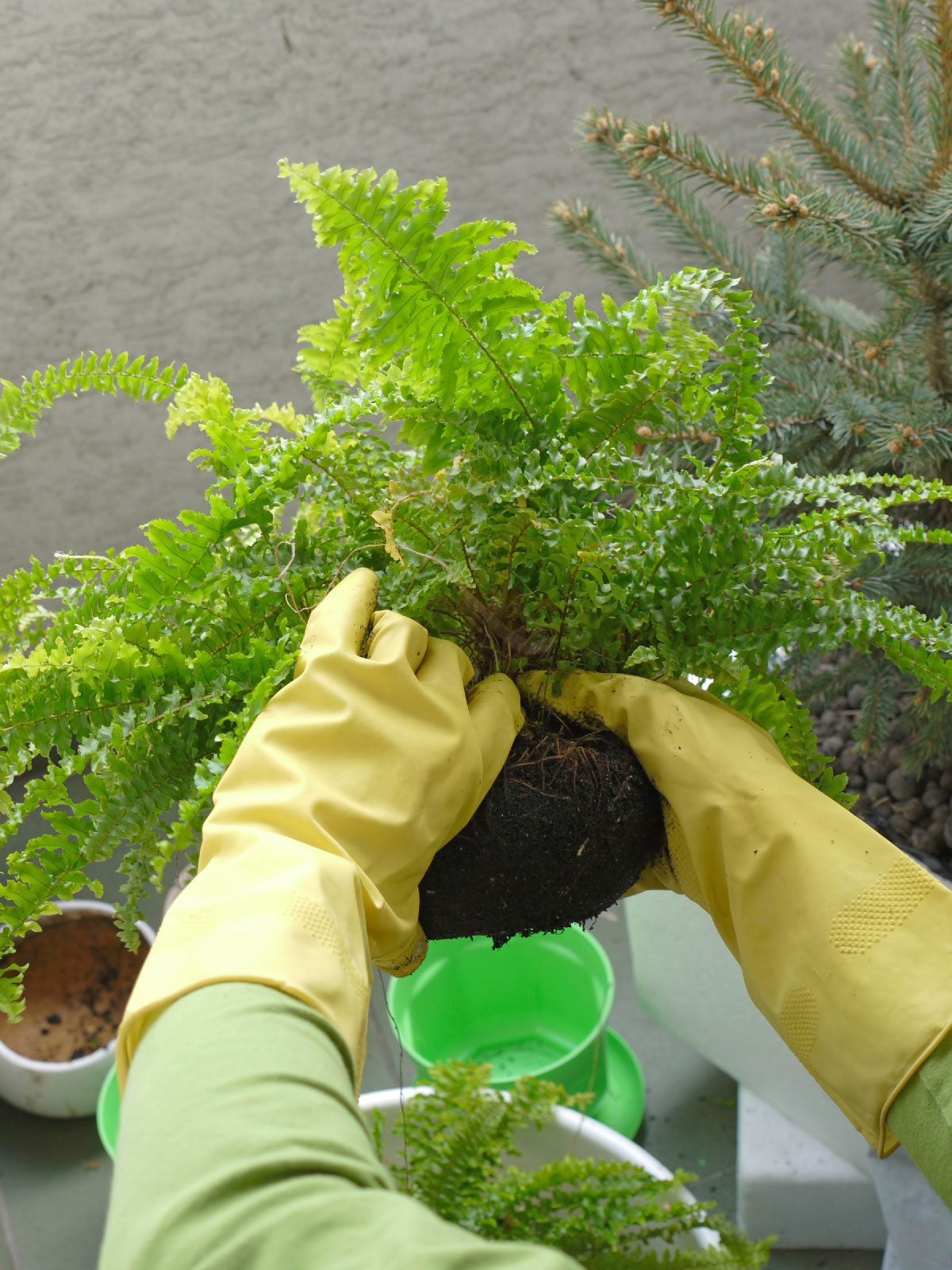
The Boston fern (Nephrolepis exaltata 'Bostoniensis'), often referred to as a sword fern derivative of all cultivars of N. exaltata, is a houseplant popularized during the Victorian era. It remains one of the quintessential symbols of this time period. The commercial production of the Boston fern began in 1914 and includes around 30 tropical species of Nephrolepis cultivated as potted or landscape ferns. Of all fern specimens, the Boston fern is one of the most recognizable.
Boston Fern Propagation
Propagating Boston ferns isn't too difficult. Boston fern propagation may be accomplished via Boston fern shoots (also referred to as Boston fern runners), or by dividing Boston fern plants. Boston fern runners, or stolons, may be removed from a mature parent plant by taking the offset whose runners have formed roots where they come into contact with the soil. Thus, the Boston fern shoots create a new separate plant. Historically, the early nurseries of central Florida grew stock Boston fern plants in beds of cypress-covered shade houses for the eventual harvest of the Boston fern runners from older plants to propagate new ferns. Once harvested, these Boston fern shoots were wrapped in newspaper bare rooted or potted, and shipped out to the northern reaches of the market. In this modern era, stock plants are still kept in climate and environmentally controlled nurseries wherein the Boston fern runners are taken (or more recently, tissue-cultured) for propagating of Boston fern plants.
Propagating Boston Ferns via Boston Fern Runners
When propagating Boston fern plants, simply remove the Boston fern runner from the base of the plant, either with a gentle tug or cut with a sharp knife. It isn't necessary that the offset have roots as it will easily develop roots where it comes into contact with soil. The offset may be planted immediately if removed by hand; however, if the offset was cut from the parent plant, set it aside for a couple of days to allow the cut to dry and heal over. Boston fern shoots should be planted in sterile potting soil in a container with a drainage hole. Plant the shoot just deep enough to remain upright and water lightly. Cover the propagating Boston ferns with a clear plastic bag and place in bright indirect light in an environment of 60 to 70 degrees F. (16-21 C.). When the offshoot begins to show new growth, remove the bag and continue to keep damp but not wet.
Dividing Boston Fern Plants
Propagation may also be achieved by dividing Boston fern plants. First, allow the fern roots to dry out a bit and then remove the Boston fern from its pot. Using a large, serrated knife, slice the fern's root ball in half, then quarters, and finally into eighths. Cut a 1 to 2 inch (2.5-5 cm.) section and trim all but 1 ½ to 2 inches (4-5 cm.) of roots, small enough to fit in a 4 or 5 inch (10-13 cm.) clay pot. Put a piece of broken pot or a rock over the drainage hole and add some well-draining potting medium, covering the centered new fern's roots. If the fronds look a bit sickly, they may be removed to reveal the young emergent Boston fern shoots and fiddleheads. Keep moist but not wet (set the pot atop some pebbles to absorb any standing water) and watch your new Boston fern baby take off.
Gardening tips, videos, info and more delivered right to your inbox!
Sign up for the Gardening Know How newsletter today and receive a free copy of our e-book "How to Grow Delicious Tomatoes".

Amy Grant has been gardening for 30 years and writing for 15. A professional chef and caterer, Amy's area of expertise is culinary gardening.
-
 Looking For Plants To Give You The Soft And Fuzzies? Try These 5 Fuzzy Leaf Plant Options
Looking For Plants To Give You The Soft And Fuzzies? Try These 5 Fuzzy Leaf Plant OptionsLovers of texture, drama, silver foliage and tactile plants will adore these special sensory garden additions. These fuzzy leaf plant options will leave you all aglow
By Susan Albert
-
 Get Ready For A Summer Of Hummers! Grow These Full Sun Hummingbird Plants and Flowers
Get Ready For A Summer Of Hummers! Grow These Full Sun Hummingbird Plants and FlowersIf you’re lucky enough to enjoy a sunny backyard, make sure you are maxing out on your pollinator opportunities and grow these full sun hummingbird plants and flowers
By Tonya Barnett
-
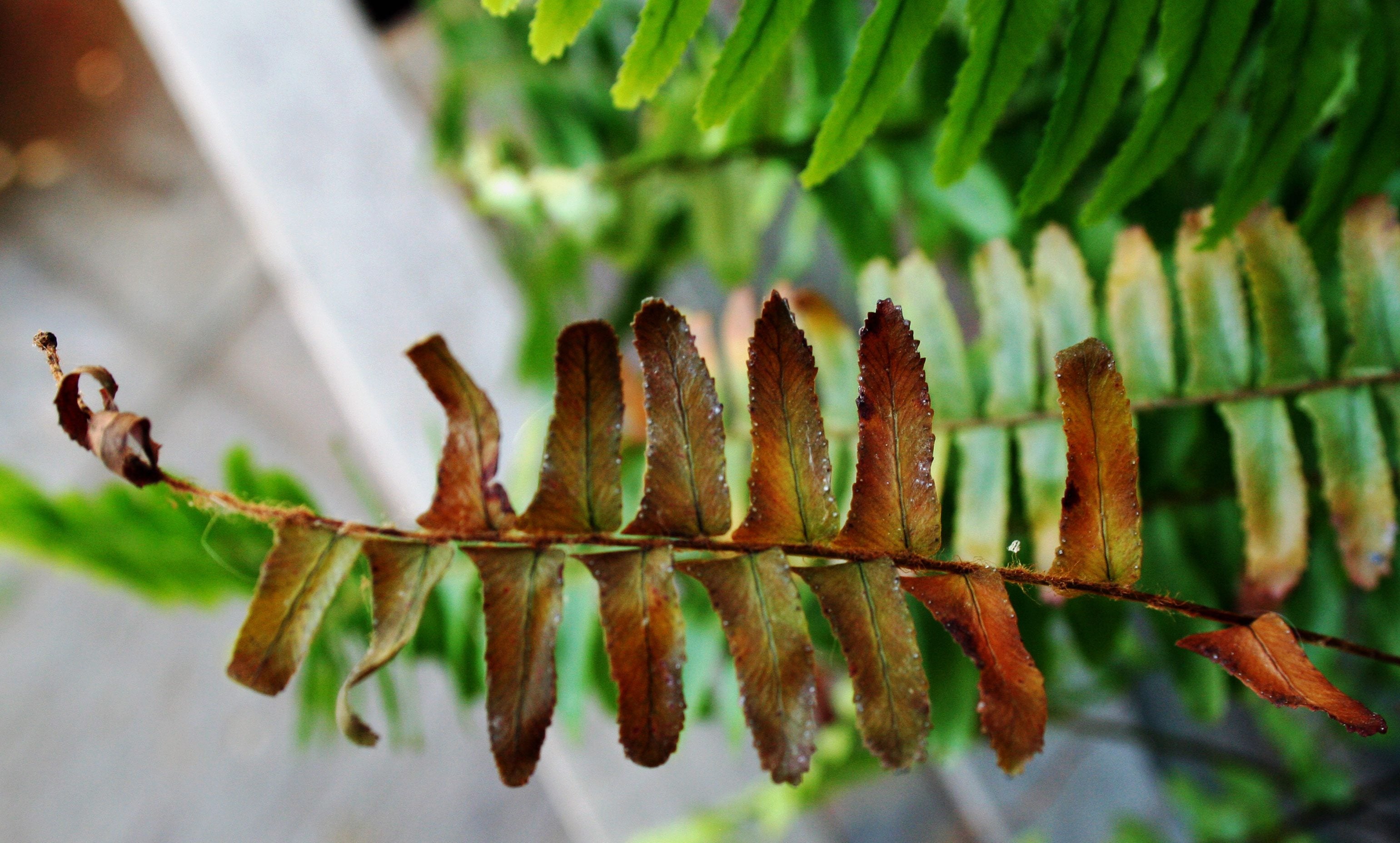 Boston Fern With Black Fronds: Reviving Black Fronds On Boston Ferns
Boston Fern With Black Fronds: Reviving Black Fronds On Boston FernsIt can be so disheartening to see your vibrant green Boston fern fronds turning black, or even brown. To learn what causes a Boston fern with black fronds, and what to do about it, take a look at the article that follows. Click here for more info.
By Liz Baessler
-
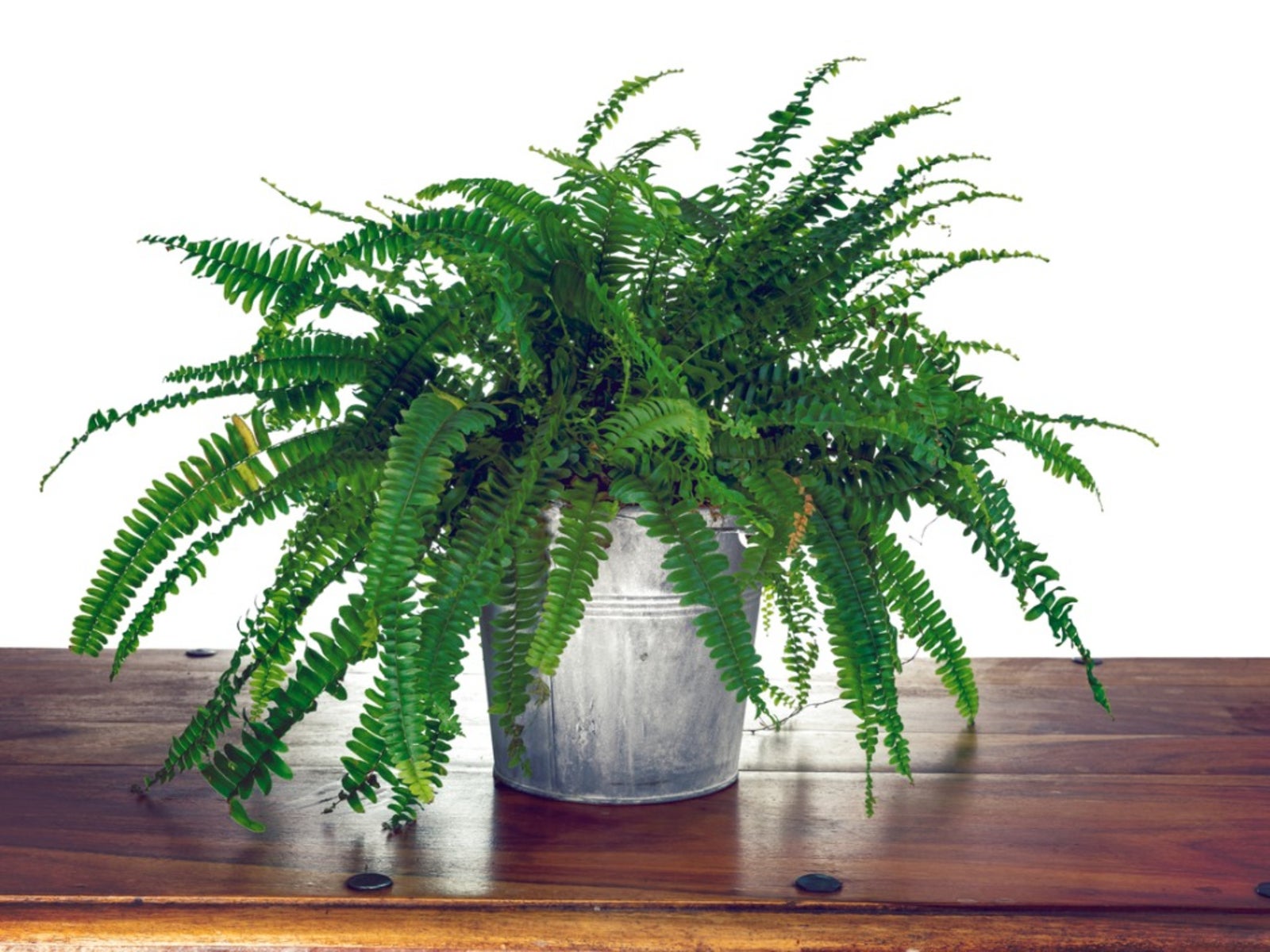 Boston Fern Diseases: Caring For Unhealthy Boston Ferns
Boston Fern Diseases: Caring For Unhealthy Boston FernsBoston ferns require adequate sunlight, water and nutrients to thrive, and good cultural practices help keep them healthy. If it doesn't get the best care - or even if it does - it may be attacked by diseases. Click here to learn more.
By Teo Spengler
-
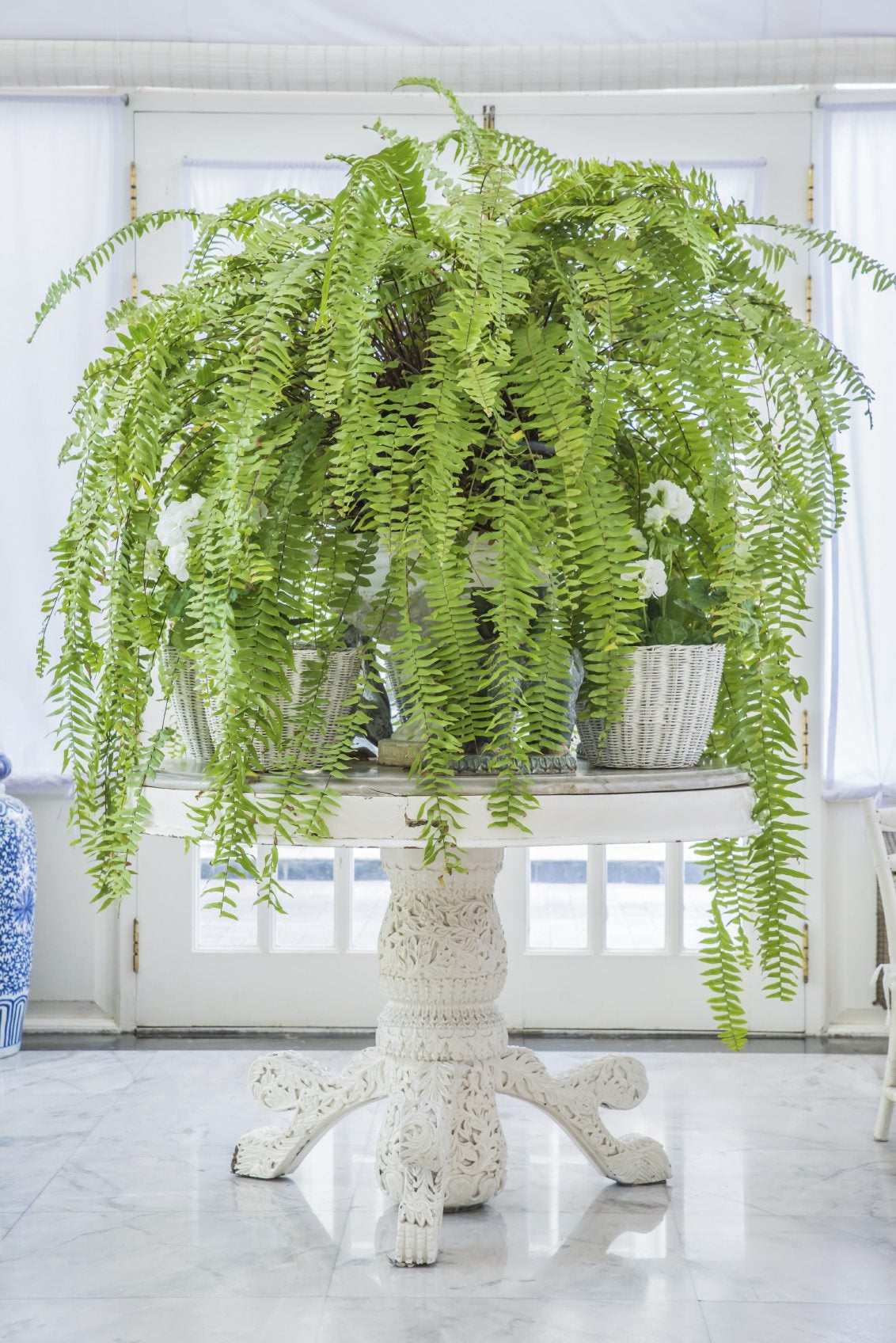 Boston Fern Light Conditions: How Much Light Does A Boston Fern Need
Boston Fern Light Conditions: How Much Light Does A Boston Fern NeedLight requirements for Boston ferns is a critical aspect of successful growing. Read this article to learn about Boston fern light needs, including Boston fern light conditions. Click here for more information.
By Mary H. Dyer
-
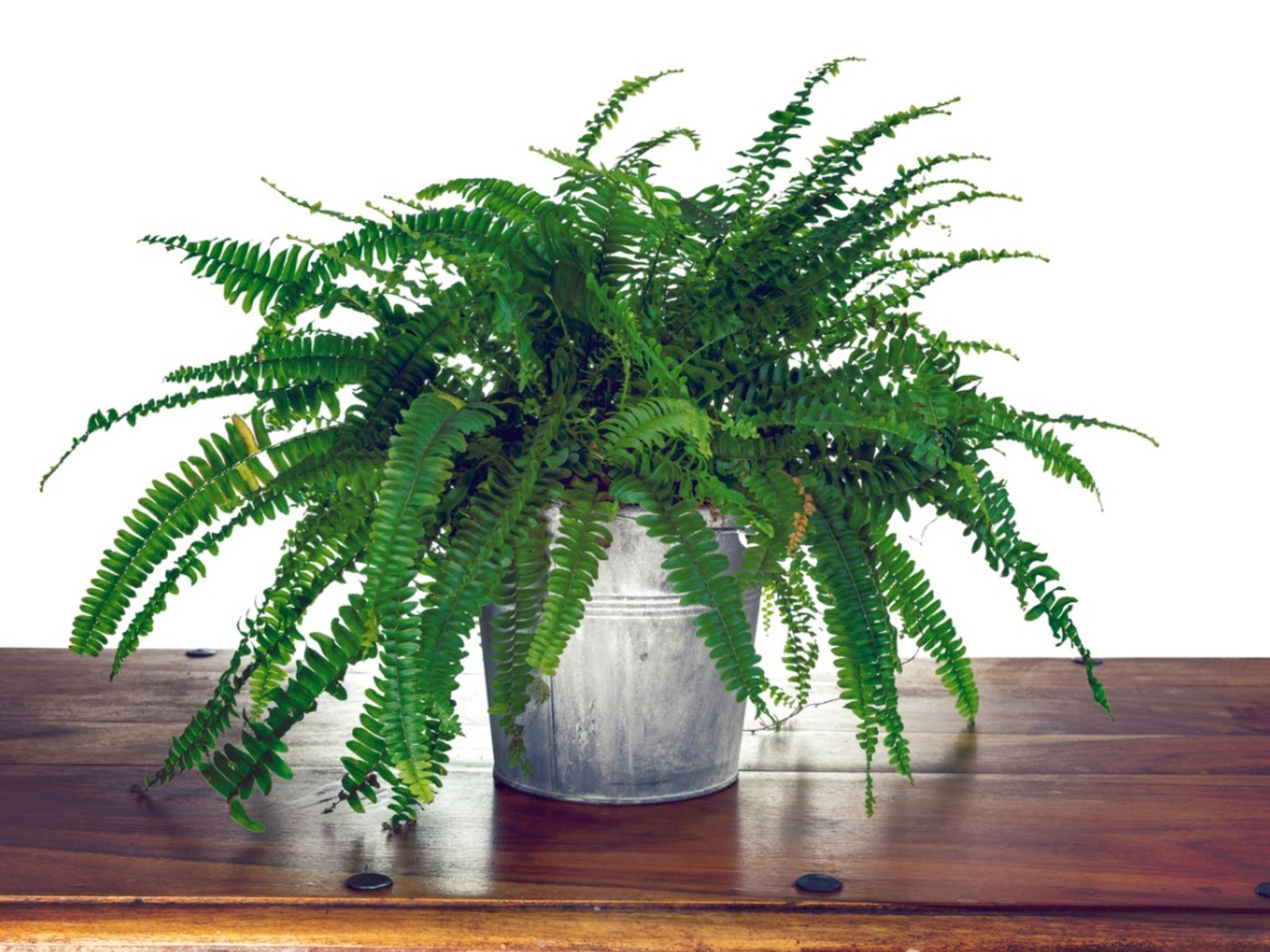 Boston Fern Humidity - Learn About Boston Fern Misting Needs
Boston Fern Humidity - Learn About Boston Fern Misting NeedsBoston fern is native to tropical climates and without a high level of humidity, the plant is likely to display dry, brown leaf tips, yellow leaves, and leaf drop. Read this article to learn more about improving Boston fern indoor air.
By Mary H. Dyer
-
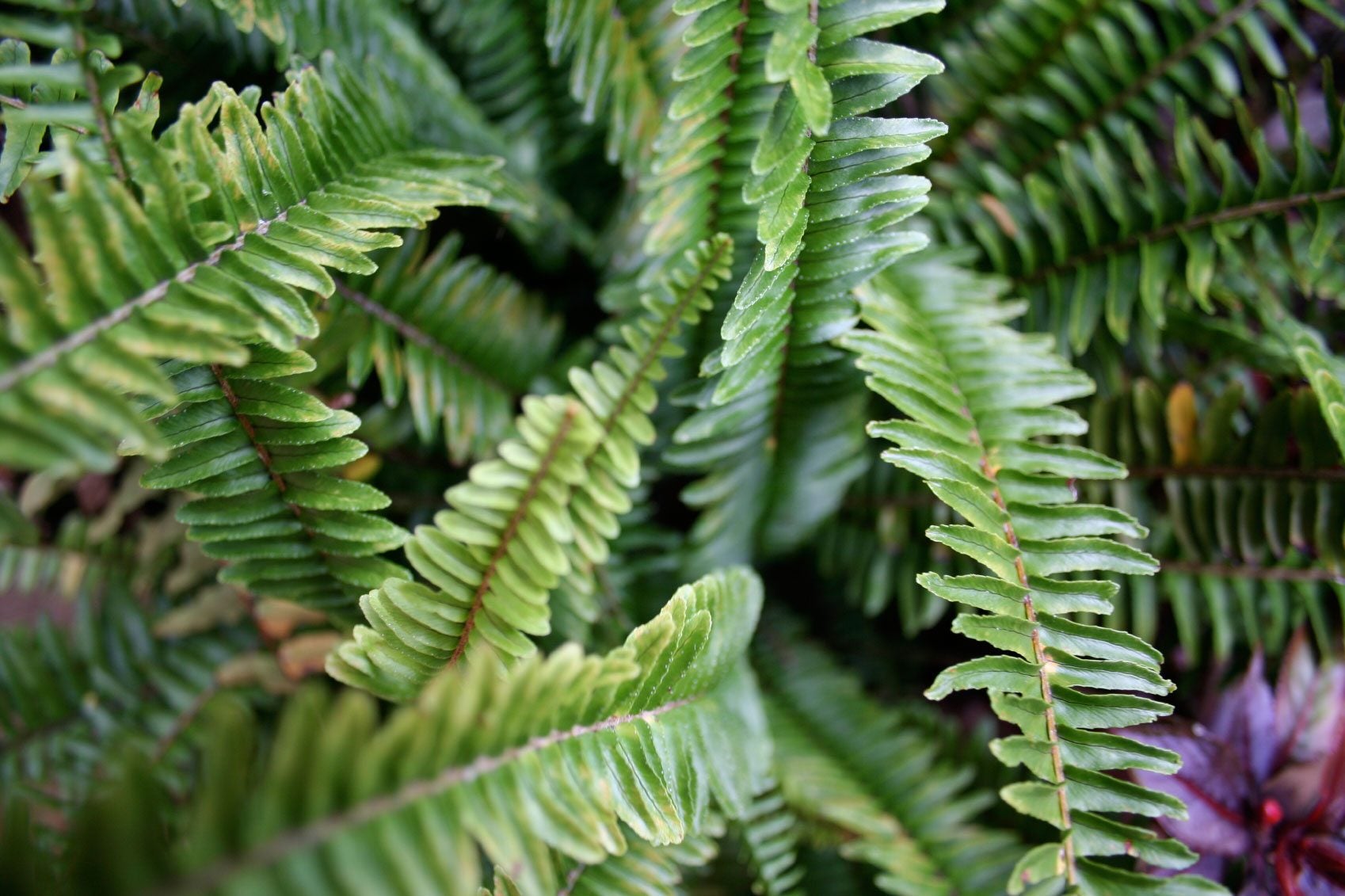 Boston Fern Leaf Drop: Why Leaflets Fall From Boston Fern Plants
Boston Fern Leaf Drop: Why Leaflets Fall From Boston Fern PlantsBoston ferns are great indoor accent plants, but they've earned a reputation for being difficult to care for due to frequent yellowing, drying or dropping of their leaves once inside. Learn how to prevent or halt Boston fern leaf drop in this informative article.
By Kristi Waterworth
-
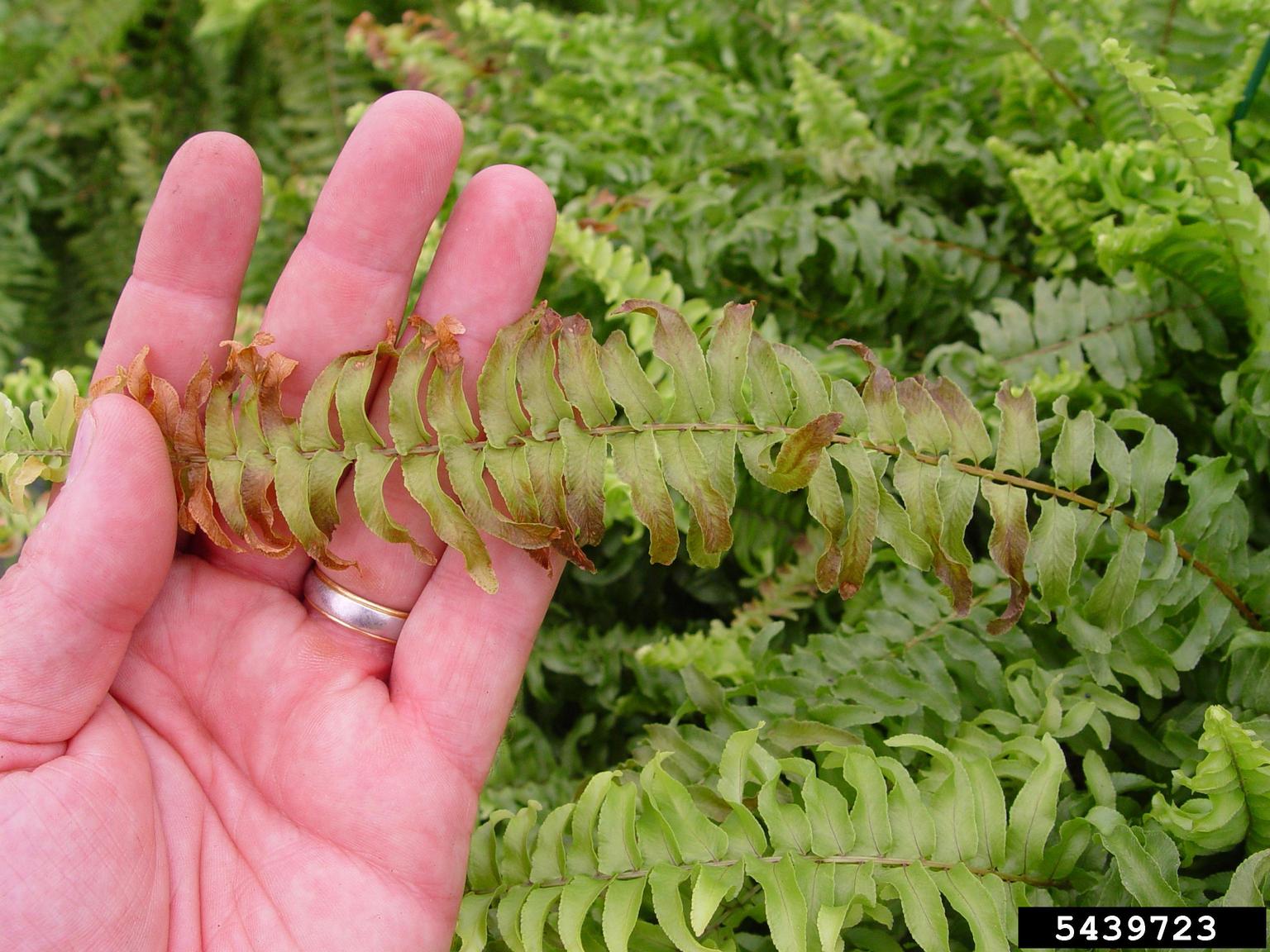 Boston Fern Turning Brown: Treating Brown Fronds On Boston Fern Plant
Boston Fern Turning Brown: Treating Brown Fronds On Boston Fern PlantThe Boston fern plant requires plenty of humidity and low light to prevent the fern from turning brown. If you have a Boston fern with brown leaves, it might be cultural or simply having the wrong site for the plant. Learn more in this article.
By Bonnie L. Grant
-
 Watering A Boston Fern: Learn About Boston Fern Watering Needs
Watering A Boston Fern: Learn About Boston Fern Watering NeedsWatering a Boston fern isn't rocket science, but understanding how much and how often to water requires a bit of practice and careful attention. Click here for more info.
By Mary H. Dyer
-
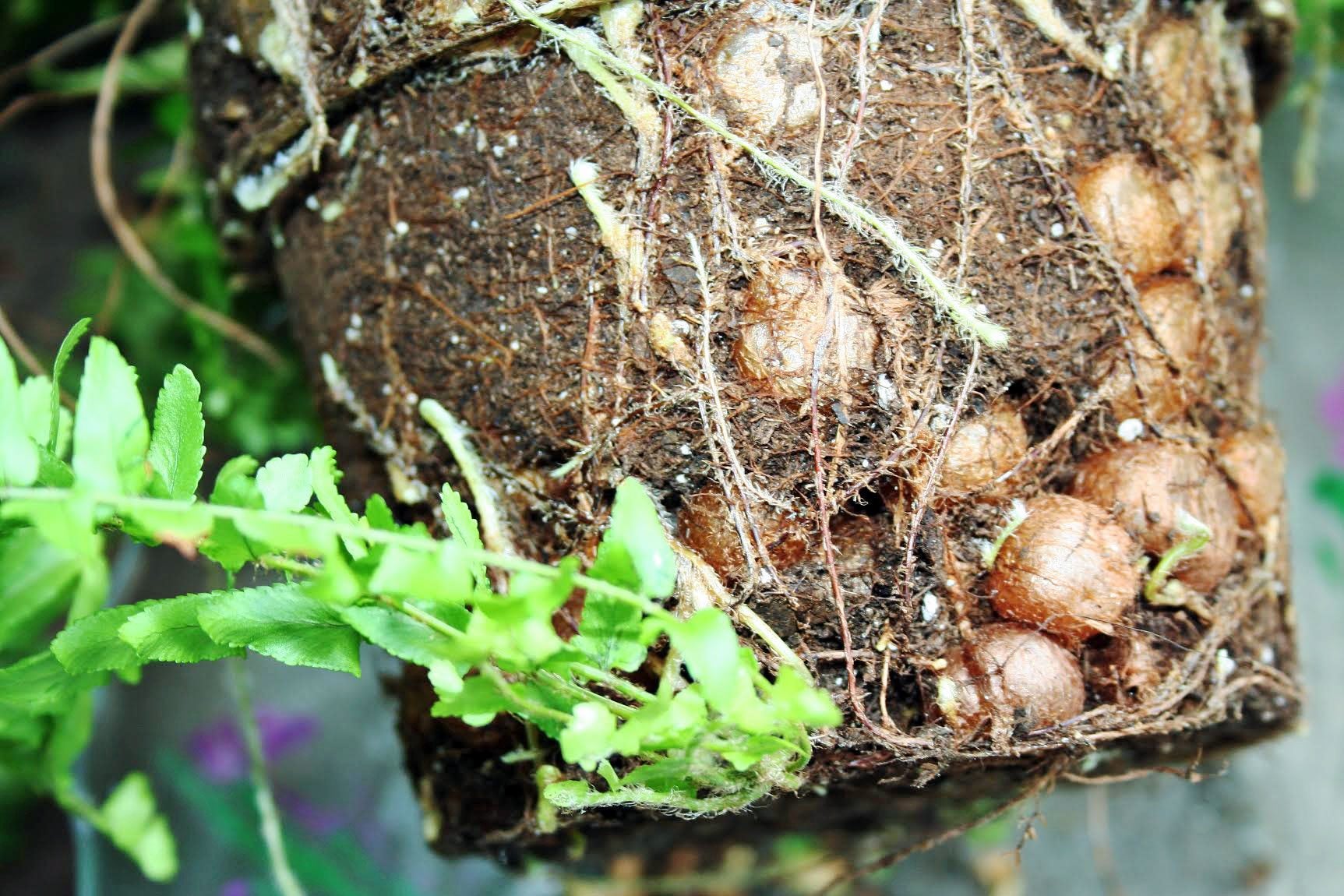 Root Nodules On Boston Fern: What Are The Balls On Roots Of Fern Plants
Root Nodules On Boston Fern: What Are The Balls On Roots Of Fern PlantsBoston fern, also known as sword fern, is a dependable plant with masses of long, graceful fronds. One might also notice root nodules on Boston fern plants, of which this article explores. Click here for more information.
By Mary H. Dyer